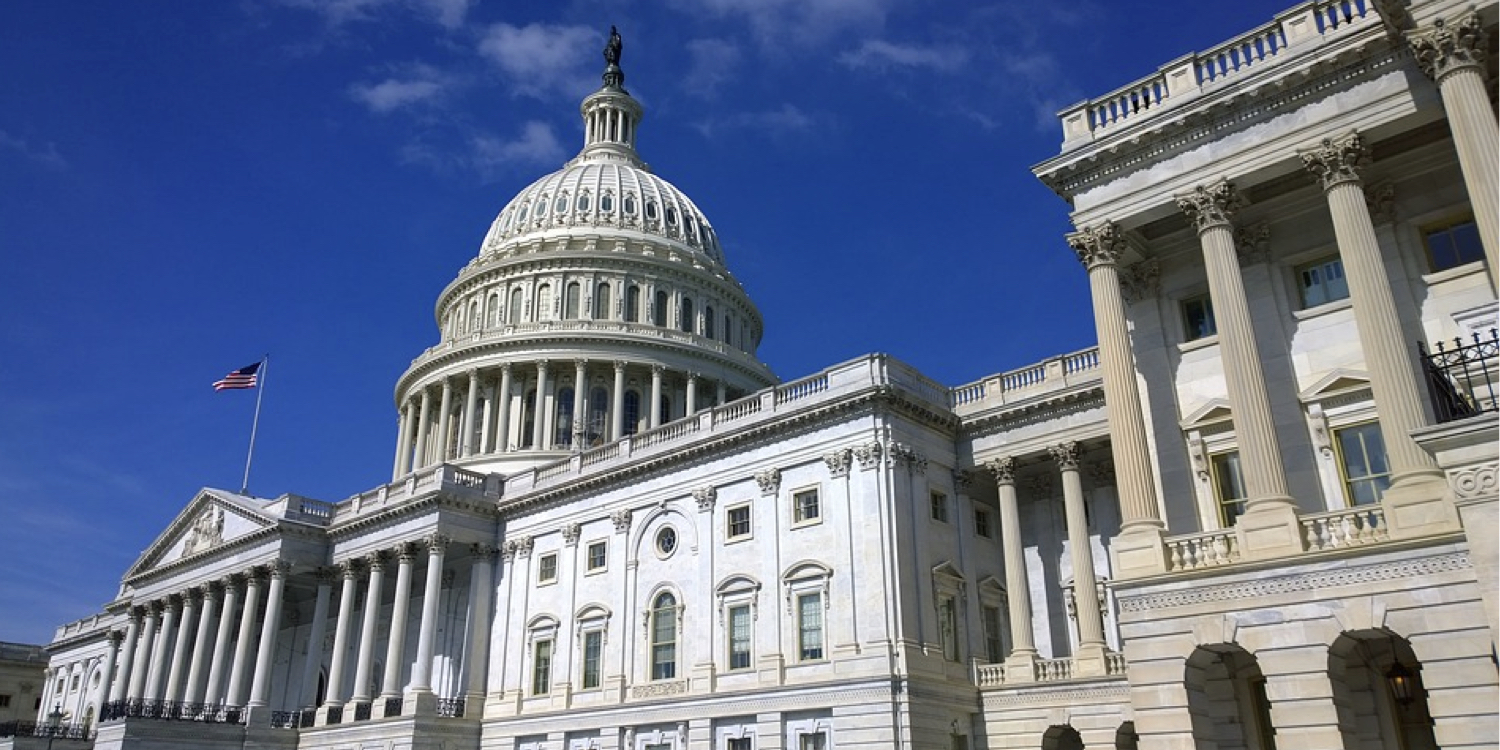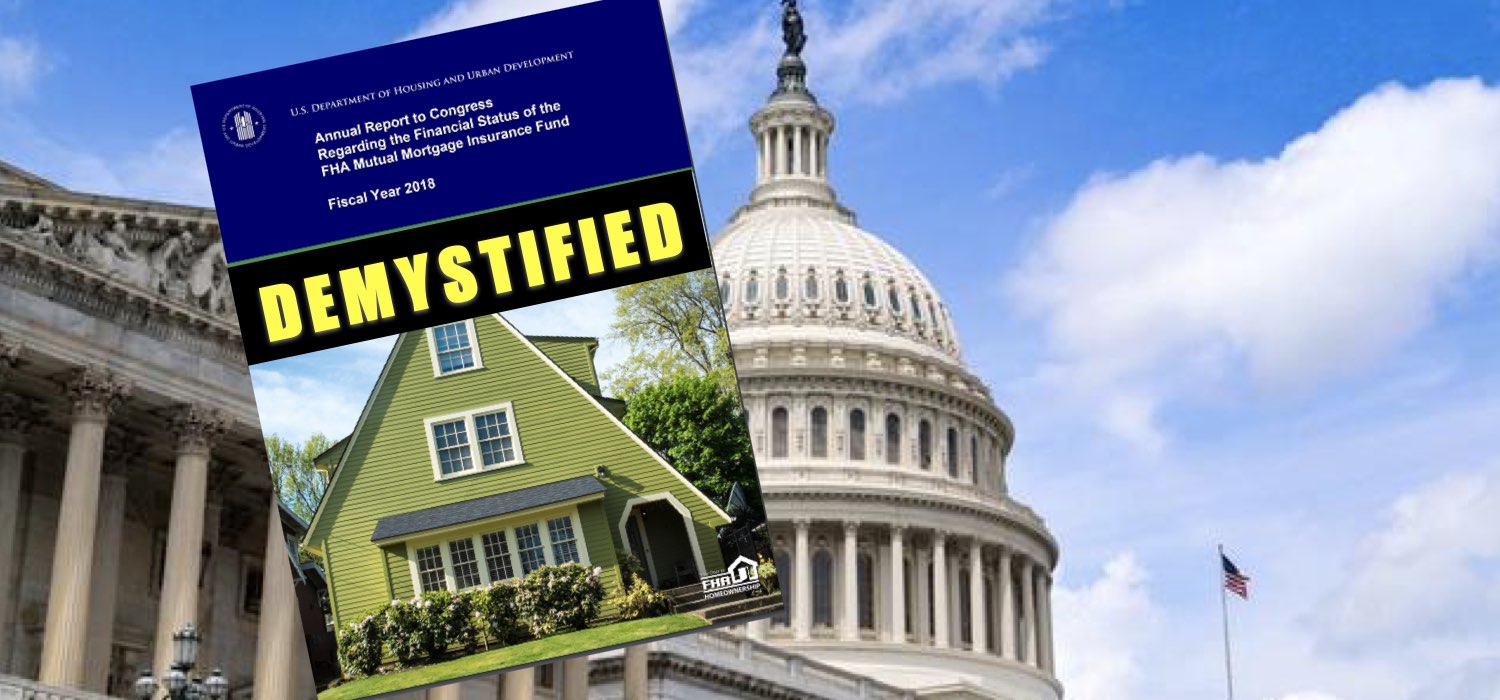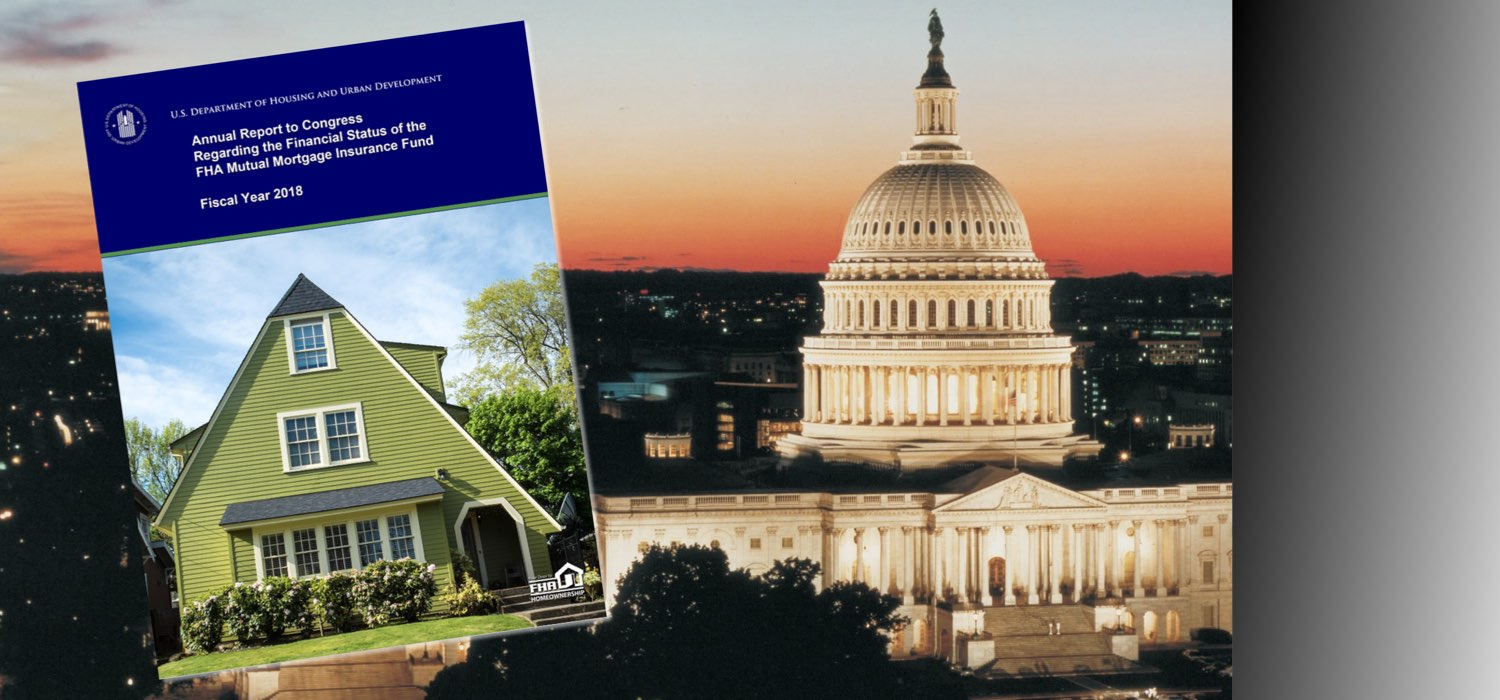7 takeaways from FHA’s report to Congress
Each November our industry eagerly awaits the release of FHA’s Annual Report to Congress on the status of FHA’s Mutual Mortgage Insurance Fund, and more specifically, the HECM’s performance. Today we will look at seven key takeaways from that report.
First- Over half of all HECMs were originated in 10 states.
[read more]
California is truly the golden state when it comes to HECM originations ranking in first place for all federally-insured reverse mortgages since 2009. According to the Independent Actuarial Review for Fiscal Year 2021, over half of all originations came from the following states: California, Florida, Arizona, Colorado, Texas, Washington, Utah, Oregon, New York, and Nevada. Today, these states account for 71% or nearly three-quarters of all HECM origination volume.
Second, Maximum claim amounts surged with home values. A surging housing market amid the pandemic boosted HECM Maximum Claim Amounts to a staggering average MCA of $433,870, up from $389,378 in 2020. The geographical concentration of maximum claim amounts means that the future performance of the HECM and its economic value will be heavily dependent on home price appreciation or depreciation in a handful of states which include California, Florida, Texas, Pennsylvania, and New York.
Third- The real estate market is king. When it comes to the HECM’s capital ratio inside FHA’s Mutual Mortgage Insurance Fund the impact of home prices significantly outweighs other factors. In fact, the MMIF capital ratio is three times more sensitive to a mere one-percent decrease of home price appreciation than a one-percent decrease in interest rates.
Fourth- A backlog of mortgage forbearances remains. Foreclosure moratoriums have been extended repeatedly since the beginning of the pandemic. While many borrowers have come out of forbearance there is still a sizable cohort of loans that could emerge from forbearance in the next six months which could strain the capacity of FHA and negatively impact the overall MMI Fund.
Fifth- Both the forward and HECM program’s capital ratios have dramatically improved. Since 2017 the forward stand-alone capital ratio inside FHA’s MMI Fund has doubled to a positive 7.99 percent. The HECM portion dug itself out from a negative 18.30 percent in 2017 to a positive 6.08 percent The improvement of the overall FHA capital ratio to 8.03%, which is well above the Congressionally-mandated 2% threshold, has led to renewed calls to reduce FHA insurance premiums for first-time homebuyers.
Sixth- Problematic HECMs originated between 2009-2013 are dwindling. The popularity of fixed-rate full draw HECM loans in the years following the housing crash of 2008 were problematic increasing assignments and payouts from FHA’s insurance fund. The good news is that cohort of vintage loans has decreased significantly.
Seventh- Type 1 insurance claims where HECM properties were sold at a loss have steadily dropped since 2015. In addition, low interest rates are slowing Type 2 claims which are for the assignment of HECM loans that have reached 98 percent of their original maximum claim amount.
[/read]














